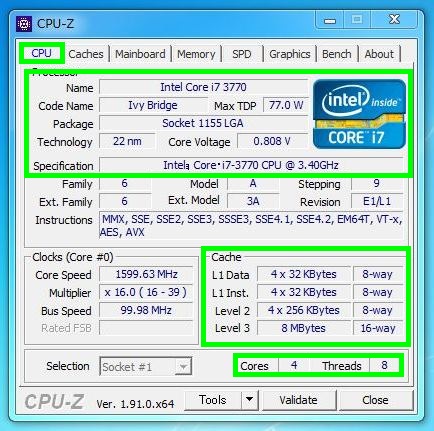
It kept saying 'Satellite data no good (1 of 1).' ` sudo gpsd /dev/ttyAMA0 -N -D3 -F /var/run/gpsd.sock`. To add debug option to gpsd you add -D followed by a number that indicate debug level. In my case it didn't work at the first place and I had to go through debug process. If it's working, the output is something like below. Check if you can properly read the receiving data by ` cgps -s`.

You execute ` sudo gpsd /dev/ttyAMA0 -F /var/run/gpsd.sock` and now gpsd is running. Note that TX and RX are cross wired since module's input is Pi's output and vise versa.

It looks like the capture below.Īs shown in the second capture, you should connect GPS module's VIN to Pi's 5v, GND to GND, RX to TXD and TX to RXD. This time we use the cobbler cable I introduced in my previous article about PiTFT. It includes some interface that you can later use to interact with GPS data from python code.

This step is done.īefore connecting GPS module, install required packages. I added rpitestmode=1 because other users' blog entries seem to include it. You need to remove those parts that include console=ttyAMA0 because we are going to use ttyAMA0 from now. The former seems easier and the guide recommends this way, but I chose the later one because I didn't want to use one of two USB ports. Module itself works independently and stores data on itselfĢ ways of connection are introduced on the official guide:.External antenna is easily attachable/removable with SMA to u.FL Adapter Cable.I searched some GPS modules on the web and Adafruit's one have detailed official guide and many reference article by users. Now we are going to add GPS module to fetch location data.įor my project, I chose Adafruit's Ultimate GPS Breakout. Previously we attached PiTFT and finished touchscreen configuration. It will be longer if you have SD card with larger space. My 8GB SD card took 20-30 minutes to complete. You should change ' if(input file)' and ' of(output file)' value to suit your environment and preference. Then execute ` sudo dd if=/dev/disk1 of=Odyssey-Mk1_20140721.dmg`.

You insert your SD card to your iMac and hit ` diskutil list` to see which disk we are going to use. Just like when we installed Raspbian OS to empty SD card, we use dd command to make a disk image. You don't wanna start from scratch, right? It's just like playing your favorite RPG. This way, even if you make a huge mistake in the near future and everything is messed up, you can install this saved disk image and start from where we are now. Before writing some Python code to let those modules work together, I think we should take some time to make a copy of the disk we worked on. With previous steps, we installed required hardware/software and finished basic configuration so we can now take photo, shoot video, output data to external touchscreen and fetch location data.


 0 kommentar(er)
0 kommentar(er)
